Unlocking Your Child’s Creative Problem-Solving with Six Thinking Hats
Imagine your child has a magical set of hats, each in a different color, and each one helps them think in a special way.
This is the idea behind the Six Thinking Hats, a method developed by Edward de Bono to help children (and adults!) solve problems by looking at them from different perspectives.
This fun and creative technique can make problem-solving not only more effective but also more enjoyable for your child!
The Six Thinking Hats Explained
- White Hat – The Facts Hat: When your child puts on the white hat, he focuses on facts and information. He’ll ask questions like, “What do I know?” and “What do I need to know?” This hat helps him gather all the necessary details without letting opinions or emotions get in the way.
- Red Hat – The Feelings Hat: The red hat is for emotions and feelings. When your child wears this hat, he’ll ask himself, “How do I feel about this?” and “What is my gut instinct telling me?” This hat allows him to express his emotions and consider the emotional impact of his decisions.
- Black Hat – The Caution Hat: The black hat is the hat of caution and critical thinking. When your child wears this hat, he thinks about the potential problems and risks. He’ll ask, “What could go wrong?” and “What should I be careful about?” This hat helps your child identify obstacles and think of ways to avoid them.
- Yellow Hat – The Optimism Hat: The yellow hat is all about positivity and optimism. With this hat on, your child will focus on the benefits and the positive outcomes. He’ll ask, “What are the advantages?” and “Why is this a good idea?” This hat encourages your child to see the bright side and think about the potential rewards.
- Green Hat – The Creativity Hat: The green hat represents creativity and new ideas. When your child wears this hat, he’ll brainstorm and think outside the box. He’ll ask, “What are some new ways to solve this problem?” and “How can I think differently about this?” This hat encourages your child to explore innovative solutions.
- Blue Hat – The Management Hat: The blue hat is the hat of organization and control. This is the hat your child puts on to think about the process itself.
He’ll ask, “What is my goal?” and “How should I use the other hats to solve this problem?” This hat helps your child plan his thinking and make sure he is following the right steps.
How to Use the Six Thinking Hats with Your Child in Real Life
Let’s say your child is trying to decide what to do for a school project. Here’s how he can use the Six Thinking Hats:
- White Hat: First, your child gathers the facts. What are the project requirements? What materials do they need?
- Red Hat: Your child thinks about how he feels. Is he excited about the project? Are there any parts that make him nervous?
- Black Hat: He considers the challenges. What might go wrong? Does he have enough time to complete the project?
- Yellow Hat: He focuses on the positives. What are the benefits of doing this project? How could it help him learn something new?
- Green Hat: Your child gets creative! What are some unique ideas for the project? Could he use a different approach or add a creative twist?
- Blue Hat: Finally, your child plans his steps. Which hat should he use first? How will he organize his work to ensure he completes the project on time?
By using the Six Thinking Hats, your child can approach any problem in a structured and balanced way. Each hat helps him see the problem from a different angle, ensuring that nothing important is missed. This method not only improves their problem-solving skills but also makes the process more engaging and fun.
So next time your child is faced with a problem, encourage him to try putting on his different thinking hats and see how your child can come up with creative and effective solutions!

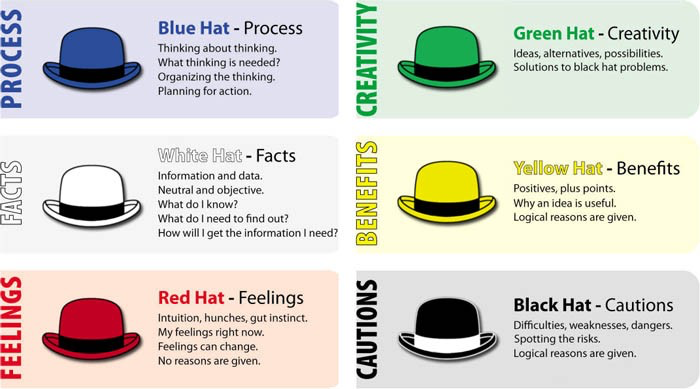

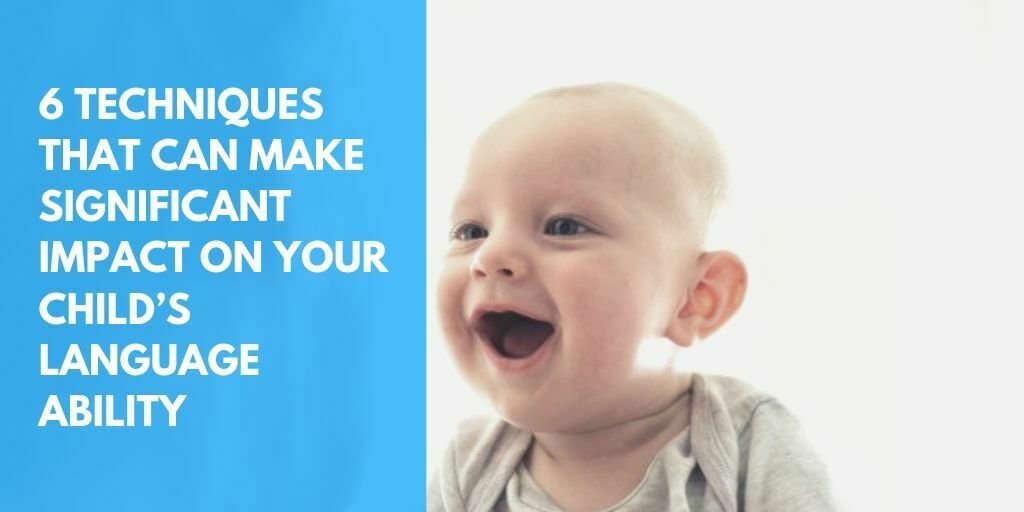



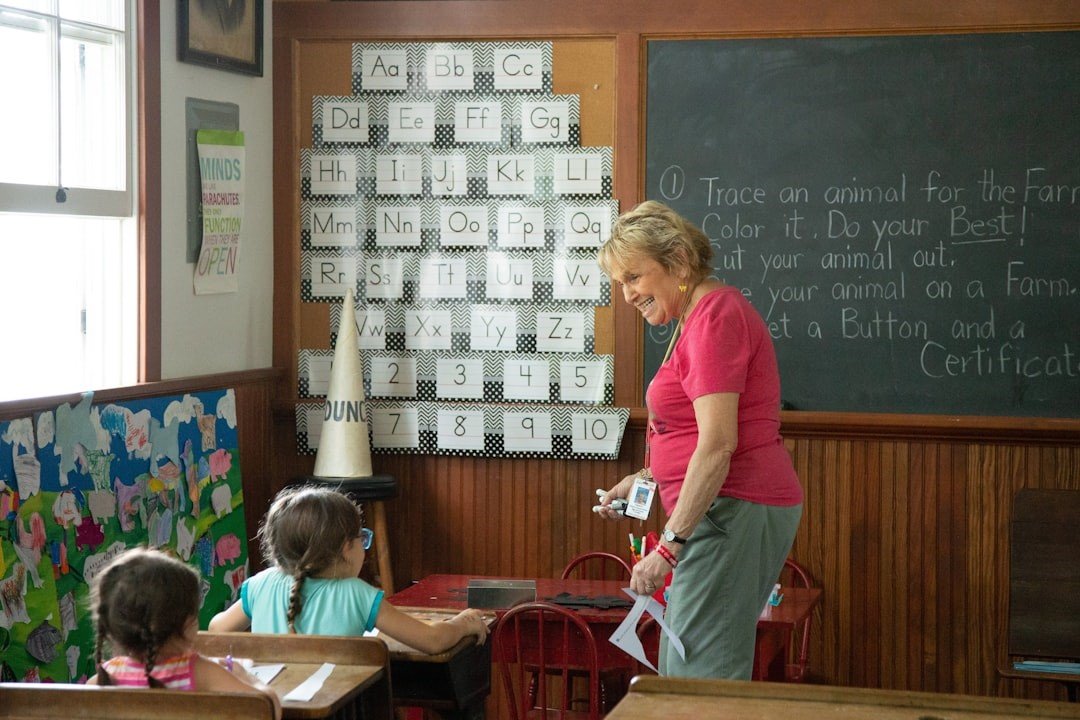
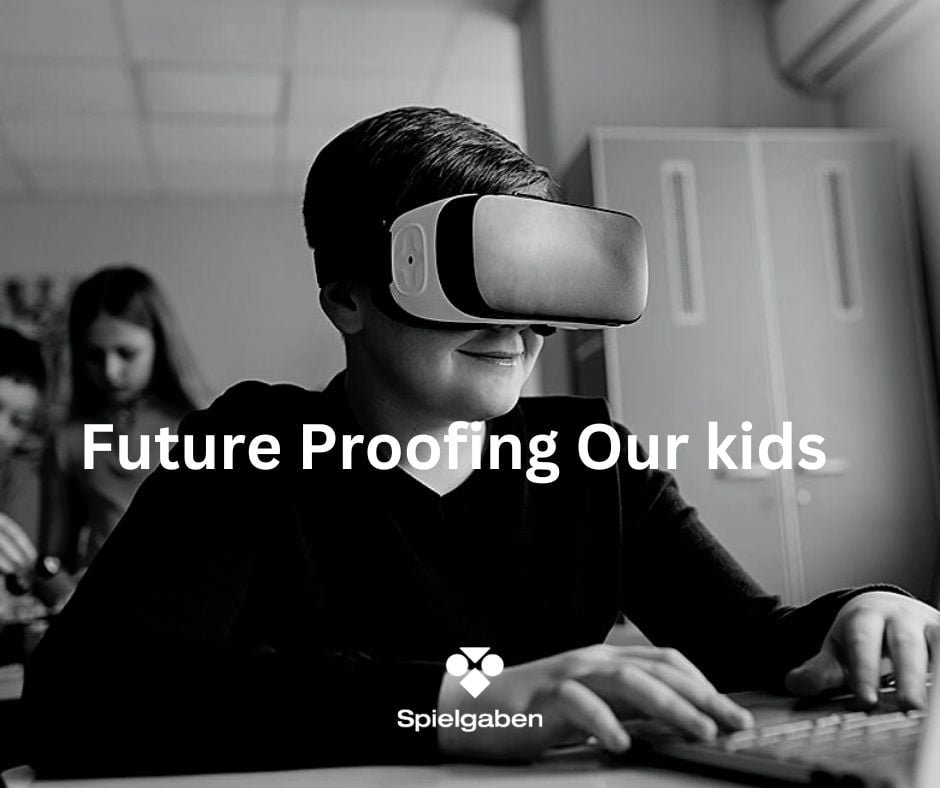

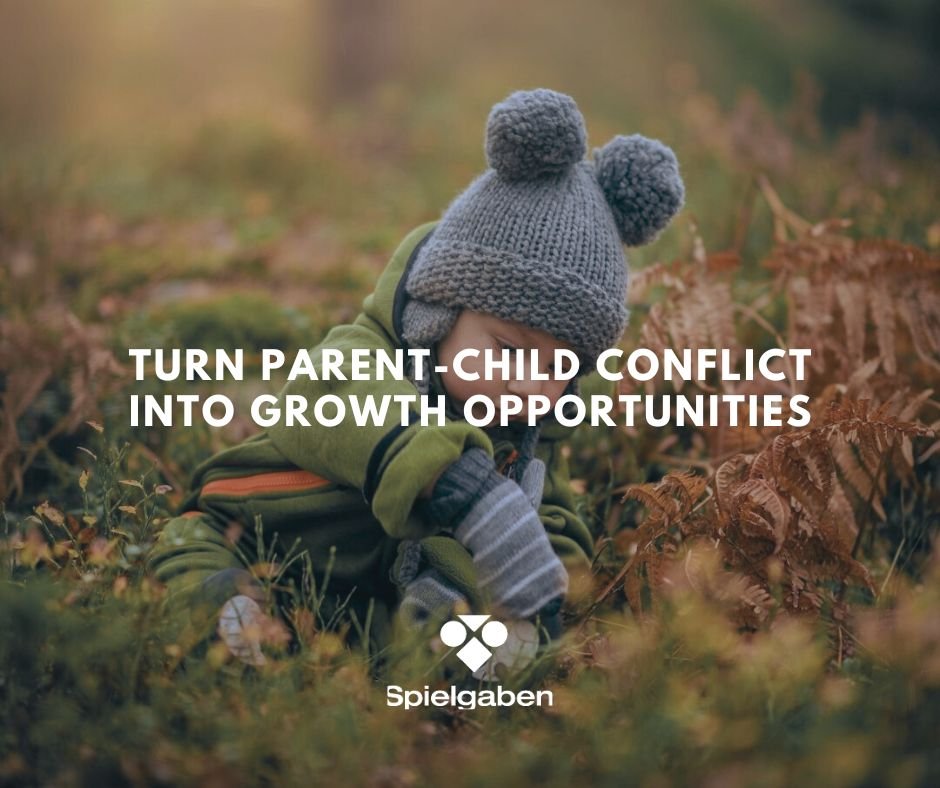


LEAVE A COMMENT